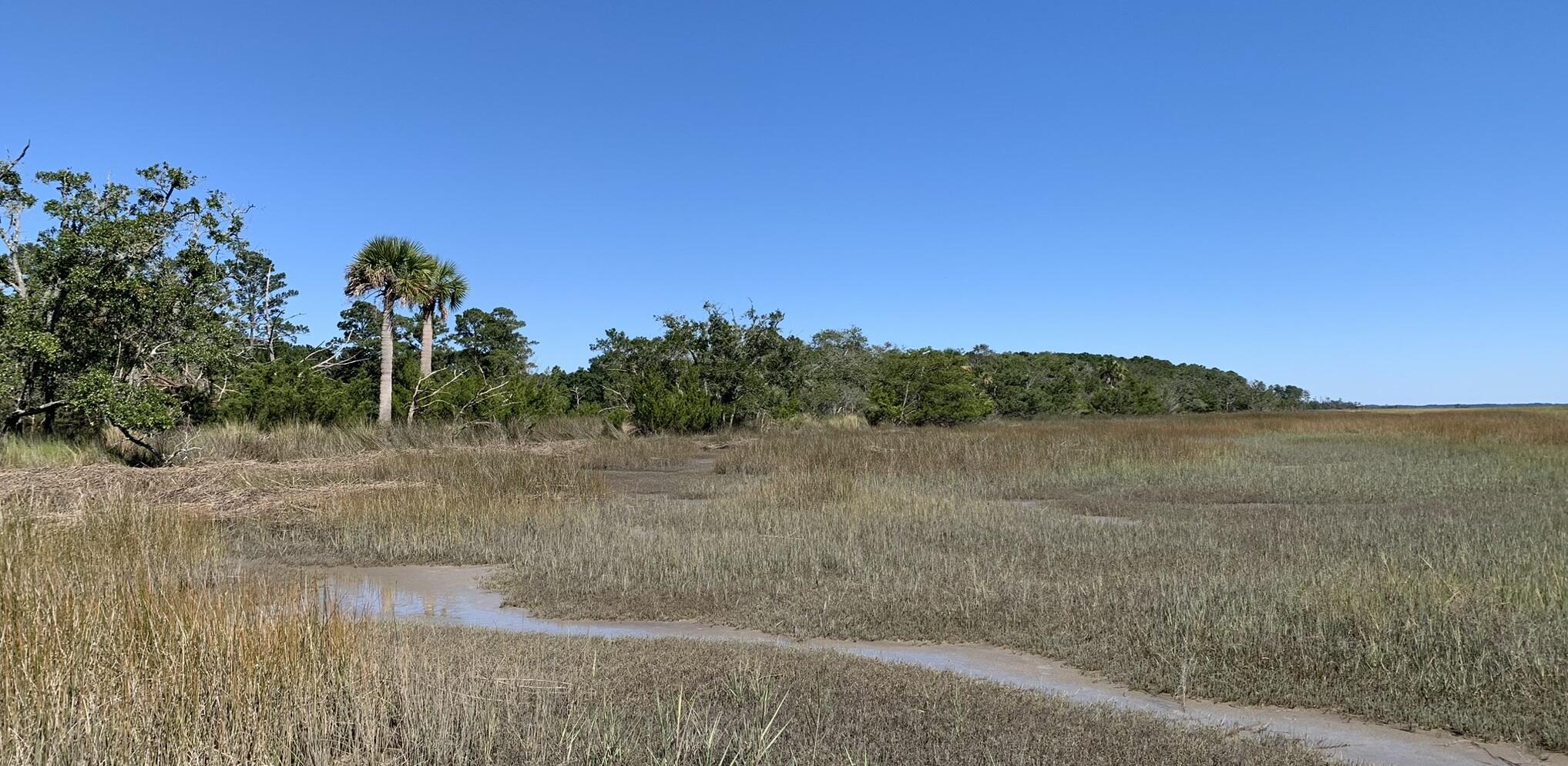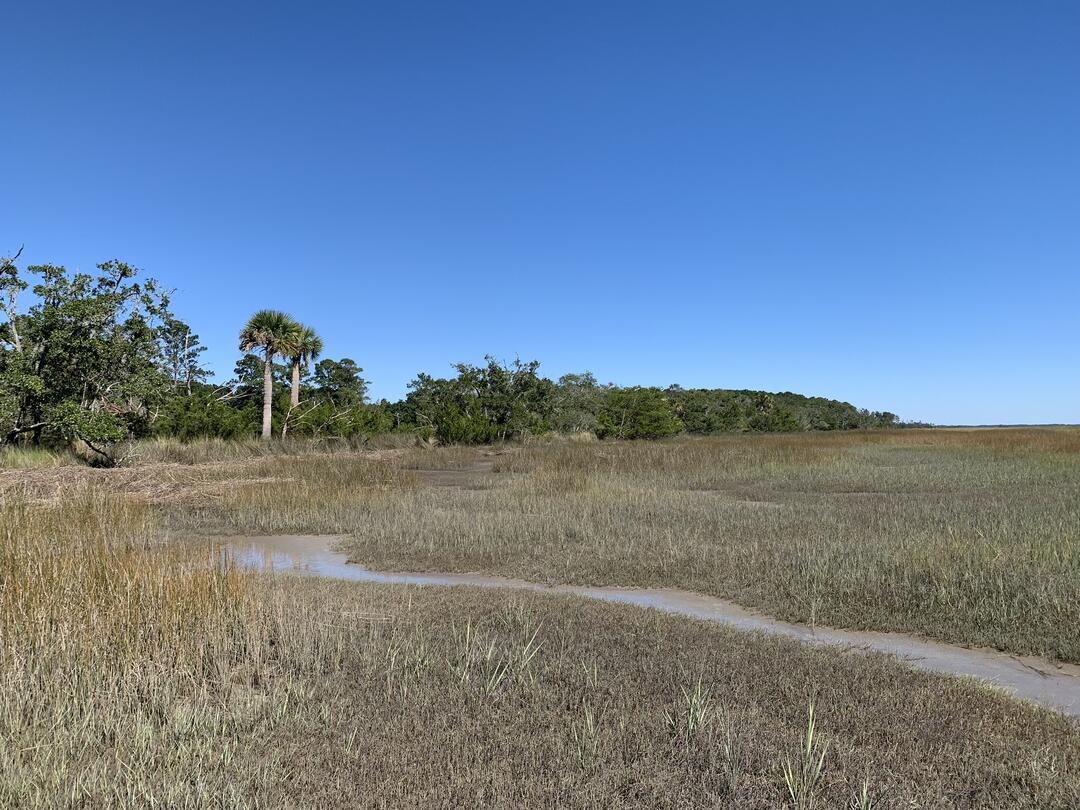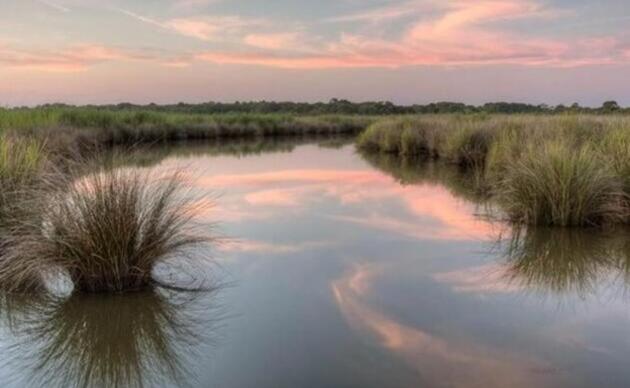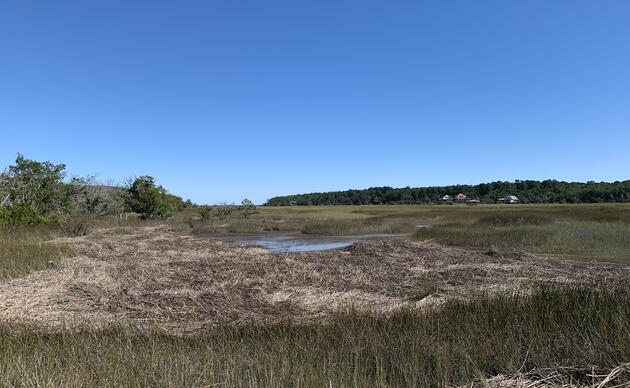One of the main objectives of this project is to compile a list of prioritized nature-based solutions that have been co-created by the project team, community members, and stakeholders. Read on to find out more about what nature-based solutions are and how they can benefit coastal communities and birds alike!
What are natural and nature-based solutions?
Solutions to environmental issues tend to exist along a gradient. At one end is "hard" or "grey" infrastructure, such as pipes, pumps, or storm barriers like rockwalls or bulkheads. These hard infrastructure solutions are often detrimental to wildlife and the environment. On the other hand, natural and nature-based solutions, or "green" infrastructure, help improve ecosystems in both rural and urban areas, addressing problems from sea level rise, flooding, and extreme weather. These solutions protect habitats, support wildlife, create green spaces, and manage resources like water and food. By working with nature and human-made systems, natural and nature-based solutions offer lasting social, economic, and environmental benefits.
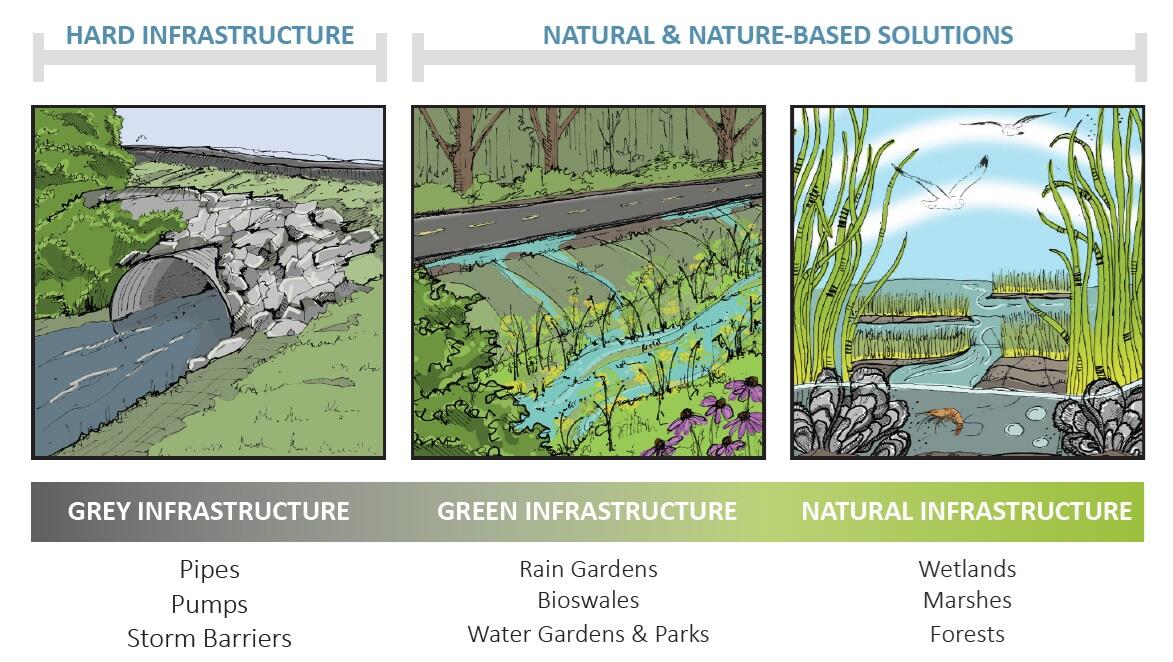
"Green" or "nature-based" infrastructure solutions tend to work alongside, or imitate, natural features. Examples of green infrastructure solutions include rain gardens, bioswales, living shorelines, and water parks. "Natural" infrastructure refers to features that are already present in our environment, such as marshes and forests, which provide us with many benefits like protection from coastal storms, water quality improvement, recreation, and provision of wildlife habitat. By protecting and maintaining these natural features, such as through wetland restoration or marsh migration, the benefits they provide people and wildlife can be preserved.
If you're interested in learning more about nature-based solutions in South Carolina, please visit the Nature-Based Exchange website!
Want to learn more? Return to our Building Resilient Communities with Nature project homepage!

